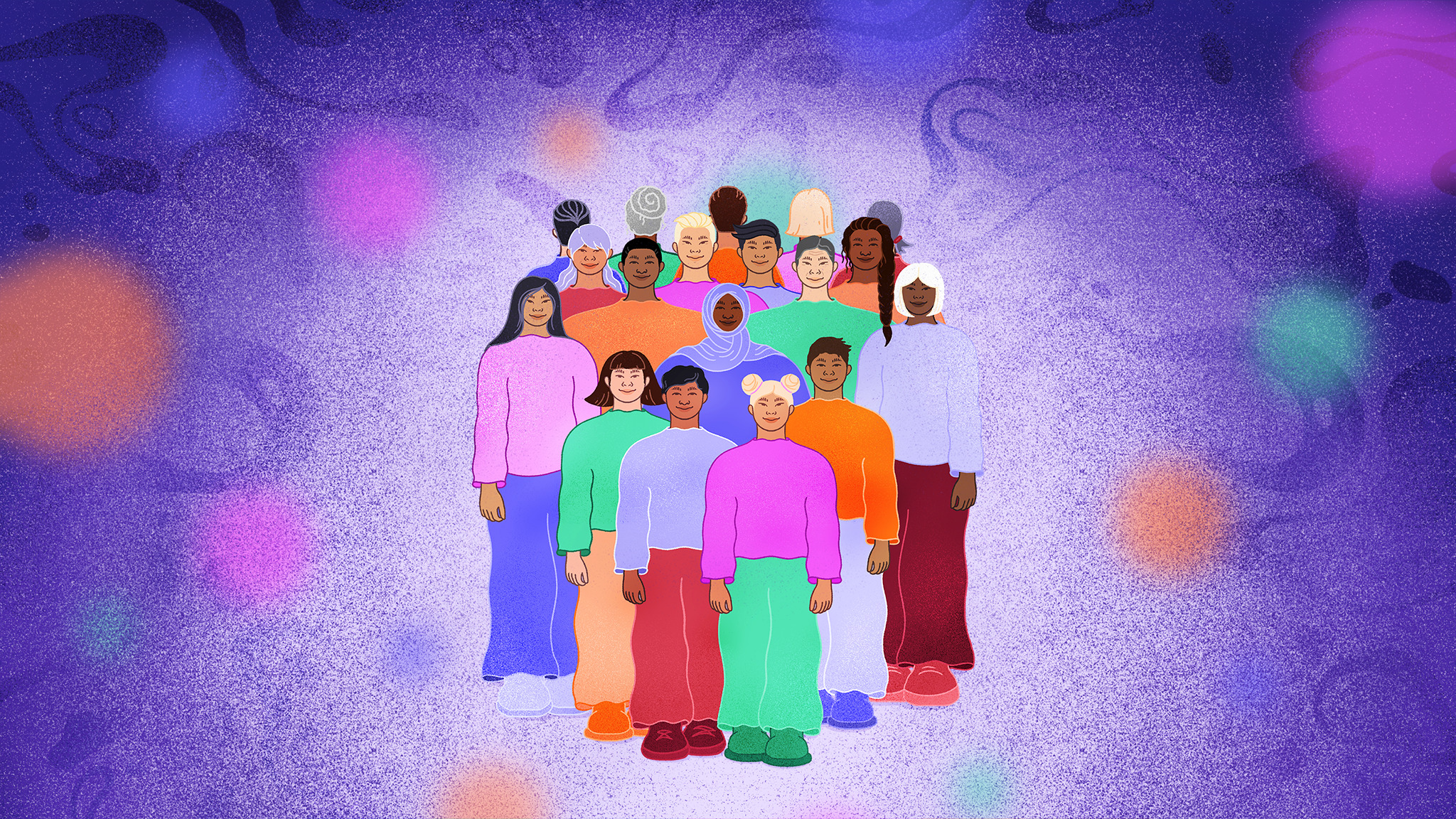In the tapestry of human health, disparities stand as stark reminders of the inequities that persist across populations. Health disparities refer to preventable differences in the burden of disease, injury, violence, and ultimately, in opportunities to achieve optimal health. These disparities are not mere coincidences; they are deeply rooted in social, economic, and environmental factors that shape the health outcomes of individuals and communities.
The Spectrum of Health Disparities
Health disparities manifest in various forms, affecting diverse populations:
Racial and ethnic disparities: Individuals from minority groups are disproportionately affected by chronic diseases such as heart disease, diabetes, and cancer.
Socioeconomic disparities: Individuals with lower socioeconomic status experience higher rates of preventable diseases, limited access to healthcare, and poorer health outcomes.
Geographical disparities: Rural communities often face limited access to healthcare providers and resources, leading to disparities in health outcomes.
The Underlying Causes: A Web of Inequities
The roots of health disparities lie in a complex interplay of social, economic, and environmental factors:
Social determinants of health: Factors such as income, education, employment, housing, and access to safe environments profoundly influence health outcomes.
Structural racism: Historical and current systems of oppression, discrimination, and unequal access to opportunities and resources perpetuate health disparities for marginalized groups.
Environmental factors: Exposure to environmental hazards, such as air pollution and contaminated water, can disproportionately affect vulnerable populations.
The Impact of Health Disparities: A Ripple Effect
Health disparities extend far beyond individual well-being, impacting communities and society as a whole:
Economic impact: Health disparities contribute to lost productivity, increased healthcare costs, and reduced economic potential.
Social impact: Health disparities can exacerbate social inequalities and hinder social mobility.
Reduced quality of life: Health disparities diminish overall quality of life, affecting individuals, families, and communities.
Addressing Health Disparities: A Path to Equitable Health
Addressing health disparities requires a multi-pronged approach that tackles the root causes and promotes equitable access to health and well-being:
Investing in social determinants of health: Expanding access to education, job opportunities, affordable housing, and safe environments can significantly improve health outcomes.
Addressing structural racism: Dismantling systems of oppression and promoting equity in access to resources, opportunities, and healthcare is crucial for achieving health equity.
Protecting environmental health: Ensuring access to clean air, water, and safe environments is essential for protecting the health of vulnerable populations.
Community-based solutions: Empowering communities to develop and implement their own solutions tailored to their specific needs and contexts is crucial for sustainable change.
The Call to Action: A Collective Responsibility
Addressing health disparities is a shared responsibility that requires collaboration across various sectors:
Governments: Governments play a critical role in enacting policies that promote social equity, invest in public health infrastructure, and regulate environmental hazards.
Healthcare providers: Healthcare providers must adopt culturally sensitive practices, address implicit biases, and advocate for health equity.
Community organizations: Community-based organizations play a vital role in empowering communities, providing support services, and advocating for their needs.
Individuals: Individuals can contribute by advocating for equitable policies, supporting community initiatives, and making informed choices that promote their own health and well-being.
Conclusion
Health disparities are not inevitable; they are preventable. By addressing the root causes, promoting equitable access to health and well-being, and fostering a collective commitment to health equity, we can create a world where everyone has the opportunity to achieve their full health potential.

